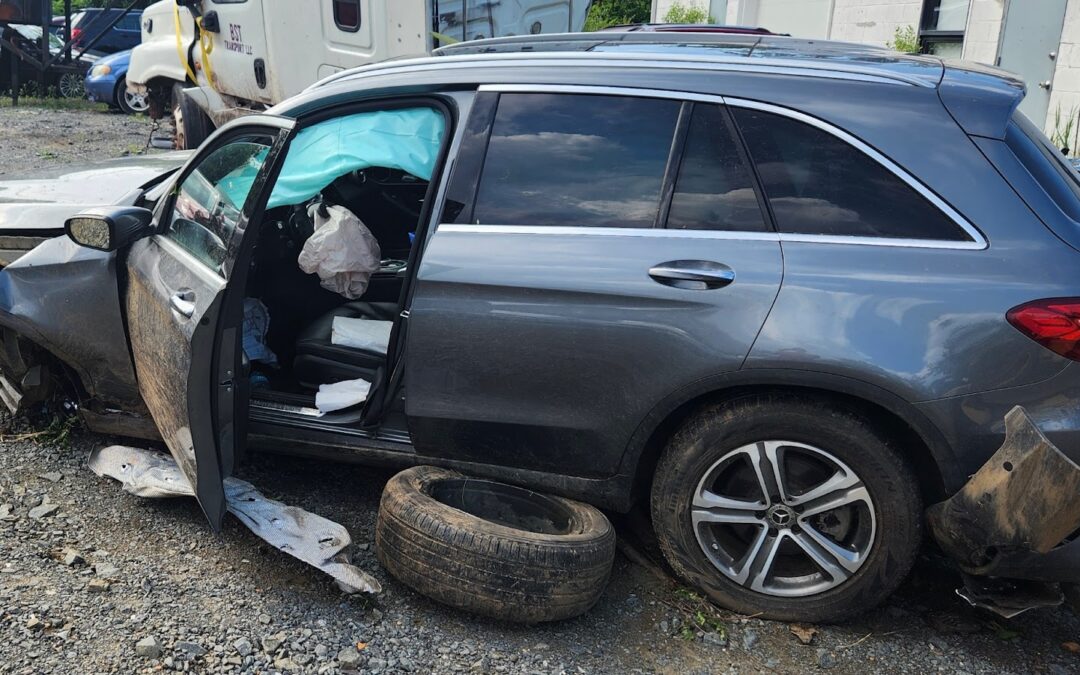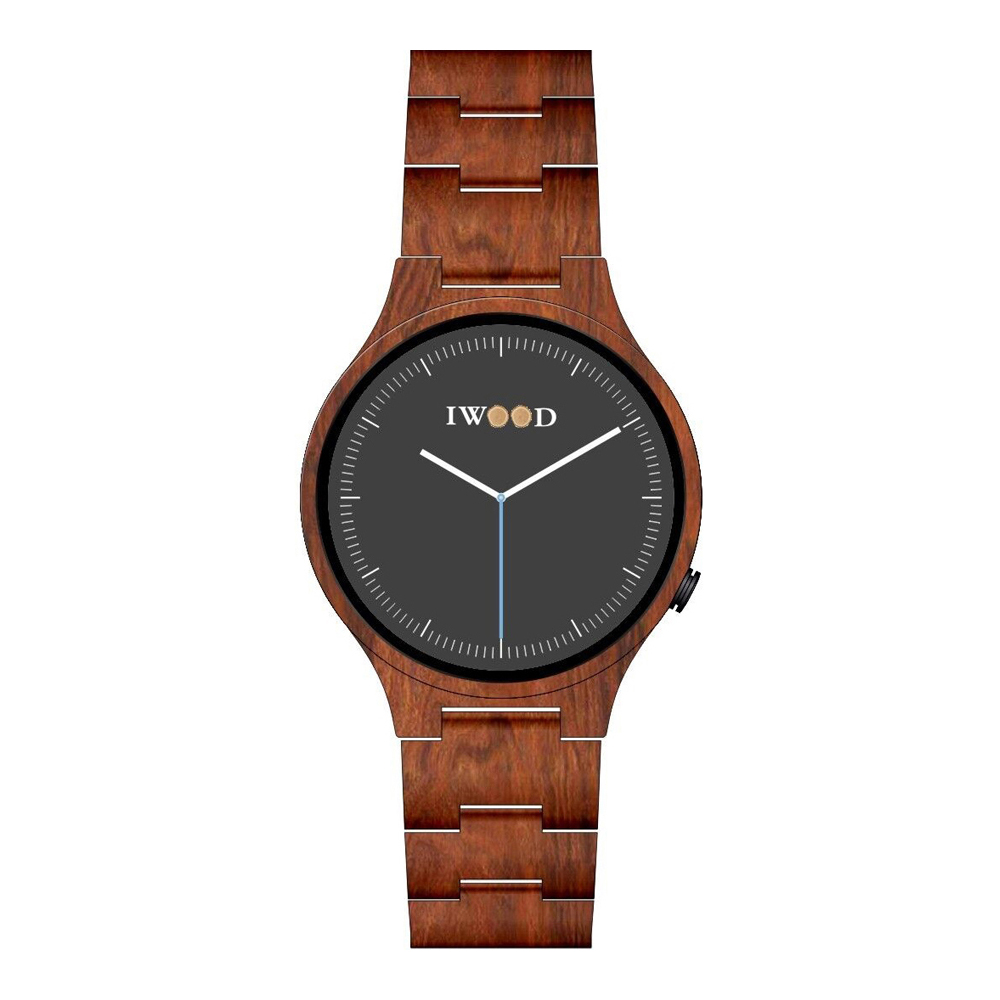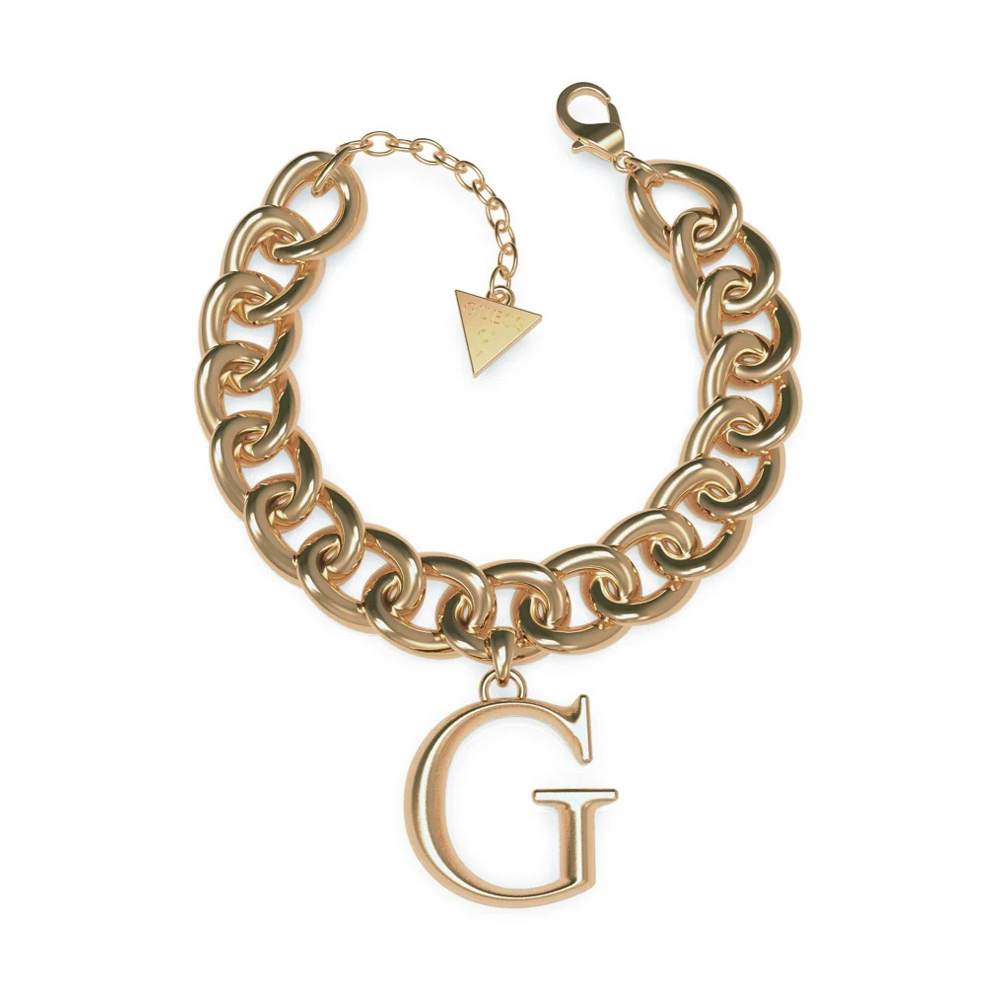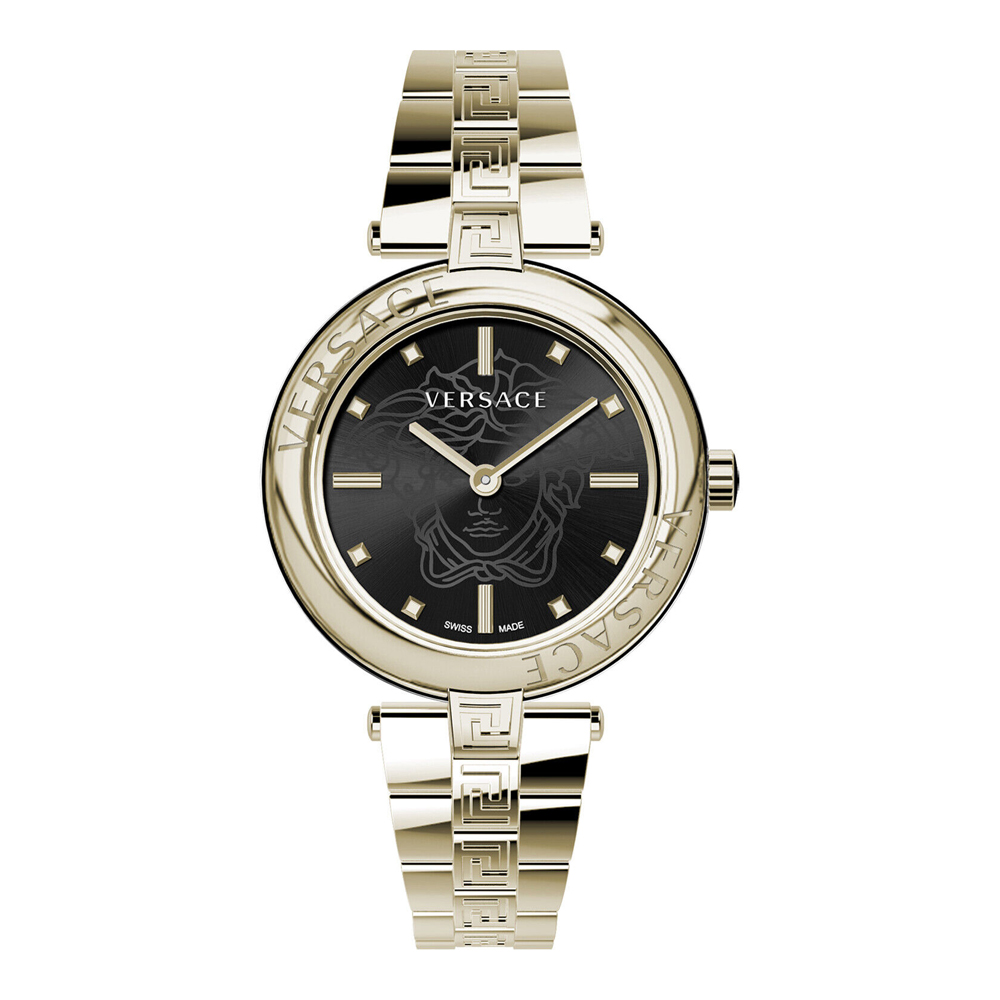On the night of June 15, 2025, my life split in two: Before the fall. And after.
I wasn’t being reckless. It wasn’t a dare or some wild stunt. It was just… life. A beautiful night that turned, in an instant, into something I never could have predicted. Then—blinding pain, paralyzing confusion, and the terrifying realization: I couldn’t feel my right leg.
From that moment, everything became a blur of hospital lights, morphine drips, and strangers’ hands rolling me onto my side for scans—what they called “log-rolling.” I felt like a shell of myself. I was barely awake, floating in and out of medicated sleep, jolted back to reality only by pain and fear. My body was no longer mine.
The injury was serious. I was transported between two hospitals until I finally landed at a specialized trauma facility. That’s where I first heard the diagnosis: Posterior lumbar spinal fusion with instrumentation from L2 to L5. My vertebrae had collapsed. Titanium rods and screws would be inserted to stabilize my spine, and the damaged discs between them would be repaired.
Surgery was scheduled for the very next morning—June 16. What was supposed to be a 1.5–2-hour procedure stretched to nearly four. My spine, now fused and reinforced, had become something I didn’t yet understand. I was grateful. I was terrified. And I was alive.
When I woke up, I couldn’t tell what hurt more: my back, my pride, or the fear that my body would never be mine again. But the numbness in my leg had lessened—and that felt like a miracle.
The medication protocol post-op was intense. I had never been prescribed pain meds in my life, and now I was taking Soma for muscle spasms, Gabapentin for nerve pain, and oxy-based painkillers just to get through the day. I didn’t recognize myself in the mirror, but I held on to one truth: I was healing.
Inpatient physical therapy started the very next day. They had me walking—with a walker—just 24 hours after my spine had been cut open and rebuilt. I couldn’t bend. I couldn’t lift more than five pounds. But I could move. And that movement, however small, felt revolutionary.
By Thursday—four days post-op—I was discharged. Not to a rehab facility. Home. That alone felt like a massive victory. They sent me off with strict orders: no twisting, no swimming for 90 days, no sitting upright for long periods. They told me to get a raised toilet seat, a shower chair, and stool softeners (because no one warns you how brutal post-surgery constipation can be). And of course, careful cleaning around the incision site—never directly on it.
I lived in sundresses because even the softest shorts put too much pressure on my hips. Lying flat was the only way I felt relief. Sitting upright compressed my spine and lit up every nerve in protest. Even the smallest movements—lying down to sitting, sitting to standing, standing to lying back down—felt monumental.
But I was doing it. By Friday, I no longer needed the walker. My pain was still intense, especially on the right side, but I was walking. I was up. I was alive.
I haven’t been cleared for physical therapy yet (that’ll come after my two-week post-op appointment), but I’m setting small goals in the meantime: brushing my hair again. Doing my makeup. Looking in the mirror and seeing a person, not just a patient.
What people don’t tell you is that the trauma doesn’t stop when the surgery ends. I’ve struggled mentally. Deeply. I was hesitant to talk about the accident because I didn’t want to seem fragile. But I’m learning that sharing isn’t weakness—it’s healing.
This wasn’t my first brush with death. Five years ago, I had another life-altering accident. I called that one a “come-to-Jesus” moment. This one? This one feels more like a divine reroute. I don’t fully understand why, but I believe there’s a higher plan unfolding.
At 1.5 weeks post-op, I still don’t know if the aches I feel are from the hardware, the incision, or my nerves trying to reconnect. I can’t see my scars yet. I’m not sure if what I’m feeling is titanium or trauma. Maybe both. The pain is worse on the right side. Rainy days make everything ache—I’ve apparently become a human barometer.
My surgeon, Dr. Wylie Lopez at OIBOrtho, has been incredible. At my 2–3 week follow-up, he told me I’m progressing faster than average. I’ve gone from lifting five pounds to ten. Three of my four bandages are off. One incision is still weeping, but not infected. I’ve got one more month in the brace—and no, I haven’t set off any metal detectors yet.
Mentally, I’m stronger than I expected. I used to spend hours watching YouTube videos of this exact surgery—both clinical breakdowns and patient POVs. I fell into a rabbit hole of fear and obsession. But living through it? It’s changed everything. Yes, spinal fusion is one of the most common surgeries in America—but that doesn’t mean it’s easy.
It’s terrifying. Before. During. After.
But it’s also miraculous. I broke my back. I survived. I walked out of the hospital four days later. And I’m healing—not just physically, but emotionally and spiritually.
If you’re facing back surgery—or you know someone who is—please know: you’re not alone. The road is hard. But the human body is more resilient than we give it credit for. And the human spirit? Even more so.
I joke sometimes that my back brace feels like a BBL faja. Humor helps. Especially on the hard days.
This is the truth: I don’t know exactly where this road will take me. But I know I’m not the same person who lay broken in that hospital bed. I’m stronger now. Not despite the titanium in my spine—but because of it.
And I’m still learning to stand.
Photo Credits: Bridget Mulroy











